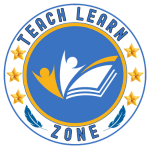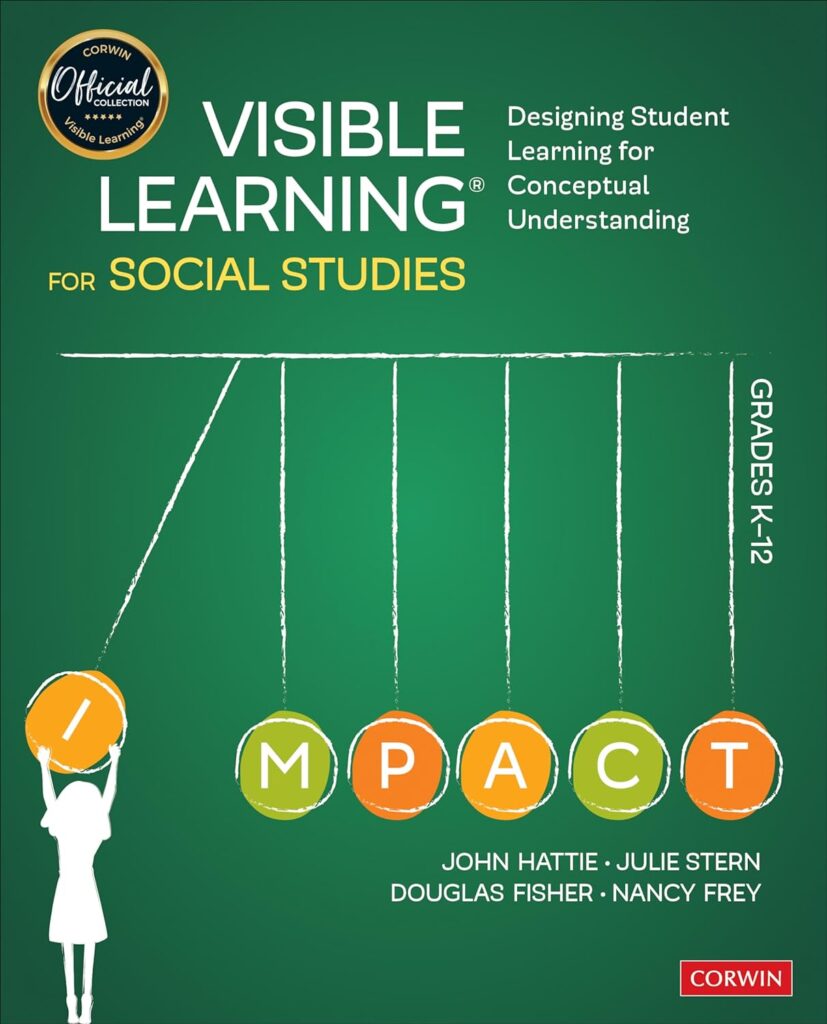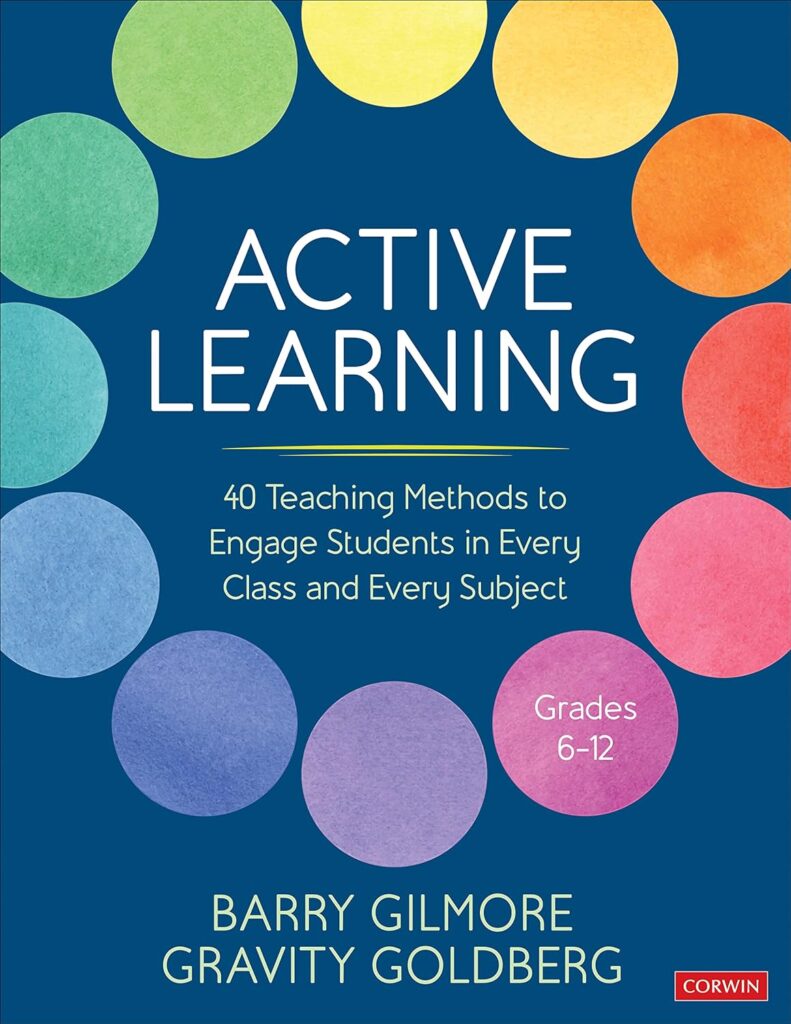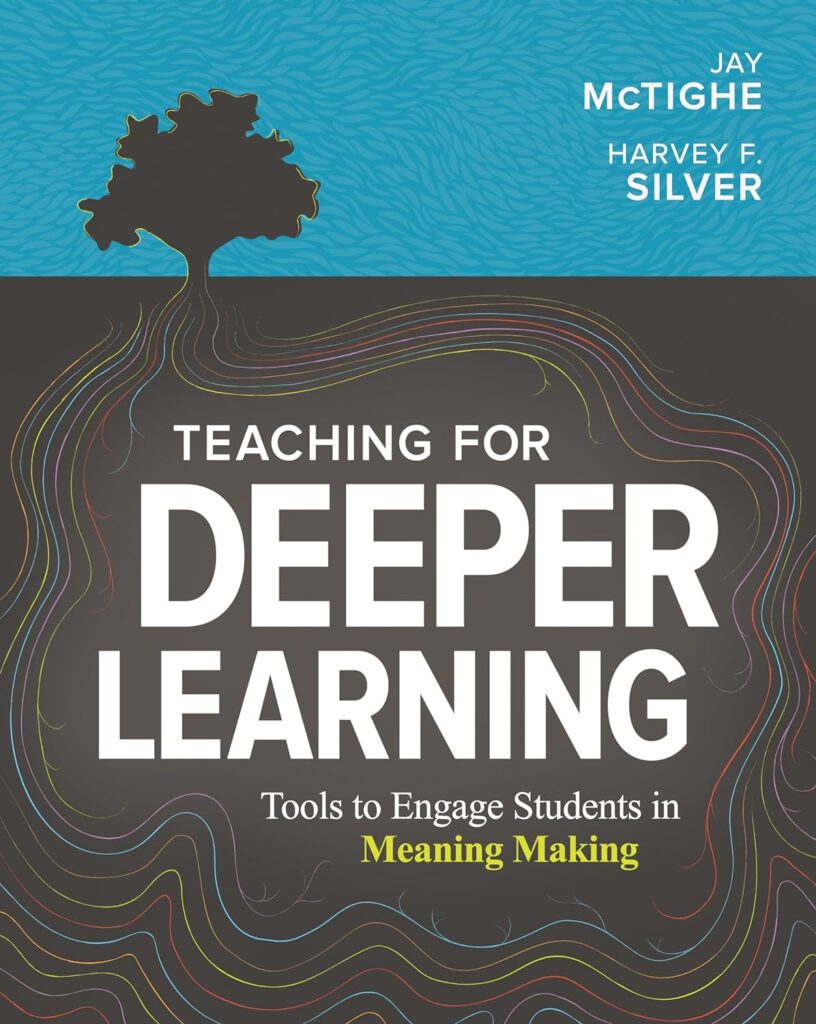Teaching and learning methods play a crucial role in the educational process, shaping the way students acquire knowledge and skills. In this comprehensive guide, we will explore various teaching methods and their impact on student learning outcomes. From traditional lectures to interactive discussions and experiential learning, we will delve into the different approaches that educators can employ to create effective and engaging learning experiences.
1. Introduction
Teaching and learning methods are fundamental to the educational process, shaping the way students engage with course content and achieve learning outcomes. As educators, it is vital to understand the different approaches available and select the most suitable methods for our students’ needs. This guide aims to provide a comprehensive overview of teaching methods, from traditional approaches to innovative strategies, to help educators create impactful and engaging learning experiences.
2. Understanding Teaching Methods
The Importance of Teaching Methods
Teaching methods refer to the techniques and strategies employed by instructors to facilitate student learning. These methods encompass a broad range of approaches, from traditional lectures to collaborative activities and experiential learning. The choice of teaching method significantly impacts student engagement, knowledge retention, and overall learning outcomes.
Alignment with Learning Outcomes
To ensure effective teaching, instructors must align their chosen methods with specific learning outcomes. By identifying the desired knowledge, skills, and competencies, instructors can select teaching methods that best support those outcomes. For example, if the learning outcome requires students to solve complex math equations, a guided instruction method that incorporates modeling, scaffolding, and formative assessment would be more effective than a traditional lecture.
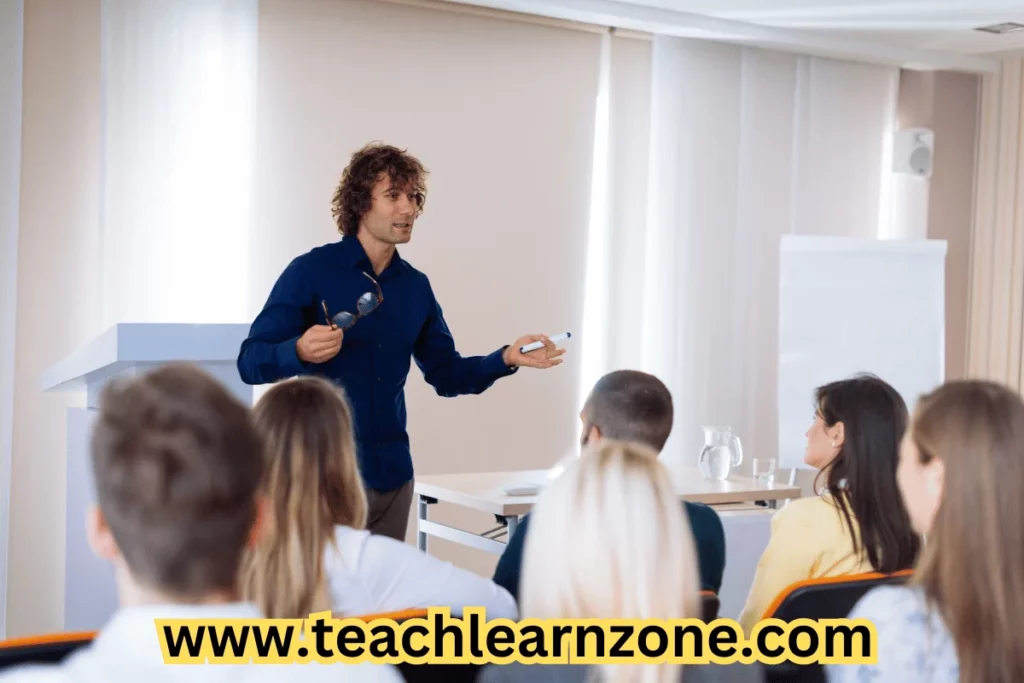
3. Teacher-Centered Teaching Methods
Teacher-centered teaching methods focus on the instructor as the primary source of information and guidance. While these methods may vary in their level of interactivity, they tend to place the instructor in a central role. Let’s explore some common teacher-centered teaching methods:
Lecture
A lecture is a traditional teaching method where the instructor presents information to the students and answers any questions that arise. Students passively receive and process the information through listening and note-taking. While lectures can be informative, they may lack interactivity and student engagement. However, incorporating multimedia elements, interactive slideshows, and opportunities for student questions can enhance the lecture experience.
Interactive Lecture
An interactive lecture combines traditional lecturing with intermittent breaks for student activities. These activities can include multiple-choice questions, problem-solving exercises, comparing and filling in lecture notes, and debriefing mini case studies. By incorporating active learning elements into the lecture, students are encouraged to actively engage with the content and apply their knowledge.
The best 3 books of teaching and learning methods at amazone
Directed Discussion
Directed discussion involves guiding class discussions by posing pre-determined questions to lead students towards specific realizations or conclusions. These questions are designed to help students meet learning outcomes and engage in critical thinking. Directed discussions can be conducted in small groups or as a whole class, allowing students to share their perspectives and learn from each other.
Direct Instruction
Direct instruction involves the instructor delivering content in a structured manner, providing guided and independent practice opportunities. This method often includes activities such as creating mind maps, writing one-sentence summaries, or engaging in one-minute papers. Direct instruction allows students to actively participate in the learning process while receiving guidance from the instructor.
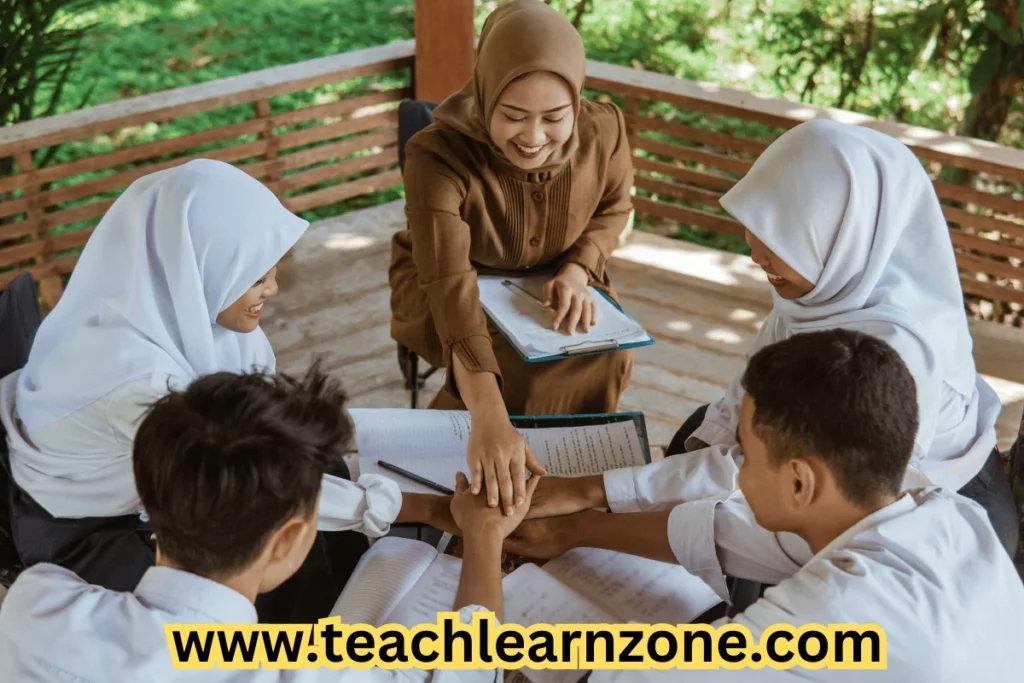
Guided Instruction
Guided instruction involves extensive instructor modeling and student practice time. In this method, the instructor shows and explains examples, models strategies, demonstrates tasks, classifies concepts, defines vocabulary, and scaffolds steps. By providing explicit guidance and support, guided instruction helps students develop a deeper understanding of the content and build their skills.
Just-in-Time Teaching
Just-in-Time Teaching (JITT) is a method where instructors adjust class activities and lectures based on students’ prior knowledge and misconceptions. Through warm-up activities, conceptual questions, and quizzes, instructors can identify students’ misconceptions and tailor their teaching accordingly. JITT motivates students to complete readings before class and actively participate in discussions.
4. Student-Centered Teaching Methods
Student-centered teaching methods shift the focus from the instructor to the students, promoting active learning, critical thinking, and problem-solving skills. These methods encourage students to take ownership of their learning process and engage in collaborative activities. Let’s explore some common student-centered teaching methods:
Experiential Learning
Experiential learning emphasizes the application of knowledge through real-world experiences, observation, and reflection. It allows students to engage actively in their learning process, fostering critical thinking and problem-solving skills. Activities such as debates, panel discussions, symposiums, reflection journals, and lab experiments provide students with opportunities to apply their knowledge in practical contexts.
Case-based Learning
Case-based learning involves presenting students with realistic scenarios or problems that require the application of course knowledge. Students work collaboratively to analyze case studies, discuss possible solutions, and develop critical thinking skills. This method promotes active learning, encourages collaboration, and helps students develop problem-solving abilities.
Inquiry-based or Inquiry Guided Learning
Inquiry-based or inquiry-guided learning involves students exploring and applying material to answer questions, conduct experiments, or interpret data. Students engage in activities such as analyzing data sets, evaluating evidence, applying findings to real-world situations, and asking and answering “What will happen if…?” questions. This method encourages curiosity, critical thinking, and independent problem-solving skills.
Problem-based Learning
Problem-based learning focuses on students working collaboratively in groups to solve open-ended problems or dilemmas. It involves researching, critiquing research studies, and proposing solutions or resolutions. By applying their knowledge to real-world scenarios, students develop critical thinking, problem-solving, and teamwork skills.

Project-based Learning
Project-based learning involves students applying course knowledge to create a tangible product or complete a project. This method often incorporates cooperative learning and group work, allowing students to design or create something, such as a piece of equipment, a product, a multimedia presentation, or a research study. Project-based learning promotes creativity, collaboration, and critical thinking skills.
Role Plays and Simulations
Role plays and simulations involve students acting out roles or improvising scripts in realistic and problematic social or interpersonal situations. Through real-life scenarios, debates, interviews, or frame simulations, students gain practical experience and develop communication, problem-solving, and empathy skills. Role plays and simulations provide a safe space for students to practice and apply their knowledge.
5. Choosing the Right Teaching Methods
When selecting teaching methods, instructors need to consider various factors, including learning outcomes, student needs, and the learning environment. By aligning these factors, instructors can create effective and engaging learning experiences for their students. Let’s explore the process of choosing the right teaching methods:
Considering Learning Outcomes
The first step in selecting teaching methods is to review the desired learning outcomes. By understanding the specific knowledge, skills, and competencies students should acquire, instructors can choose methods that align with those outcomes. For example, if the learning outcome focuses on problem-solving, methods such as inquiry-based learning or problem-based learning would be appropriate.
Assessing Student Needs
Instructors should also consider the diverse needs of their students. Different students have different learning styles, preferences, and abilities. By assessing these needs, instructors can choose methods that cater to the diverse learning needs of their students. This may involve incorporating multimodal activities, providing additional resources, or offering different options for demonstrating understanding.
Adapting to the Learning Environment
The learning environment, whether in-person or online, also plays a significant role in selecting teaching methods. In a traditional classroom setting, methods such as guided instruction or interactive lectures may be more suitable. In an online environment, methods that encourage collaboration, such as case-based learning or project-based learning, can be effective. Adapting to the learning environment ensures that the chosen methods are feasible and engaging for students.
6. Implementation Strategies
Implementing teaching methods effectively requires careful planning and consideration. Instructors can enhance the learning experience by incorporating various strategies and techniques. Let’s explore some implementation strategies for teaching methods:
Designing Activities
Designing activities that align with the chosen teaching methods is crucial for student engagement and learning. Activities should be well-structured, promote critical thinking, and provide opportunities for students to apply their knowledge. For example, in a case-based learning approach, designing activities such as case study analysis and collaborative scenario-based discussions can deepen student understanding.
Incorporating Technology
Technology can enhance teaching methods by providing interactive tools, multimedia resources, and opportunities for online collaboration. Instructors can incorporate learning management systems, interactive online platforms, and virtual simulations to engage students and facilitate learning. By leveraging technology, instructors can create dynamic and interactive learning experiences.
Promoting Collaboration
Collaboration is a key component of many student-centered teaching methods. Instructors can foster collaboration by incorporating group work, peer assessment, and cooperative learning activities. By working together, students can develop teamwork skills, learn from each other, and gain diverse perspectives. Promoting collaboration also enhances social interaction and engagement in the learning process.
Cultivating Critical Thinking
Teaching methods should prioritize the development of critical thinking skills. Instructors can cultivate critical thinking by posing open-ended questions, encouraging analysis and evaluation of information, and challenging students to think deeply about the subject matter. By fostering critical thinking, instructors empower students to become independent learners and problem solvers.
Fostering Inclusivity
Inclusive teaching methods ensure that all students, regardless of their backgrounds or abilities, can actively participate and succeed. Instructors should consider diverse learning styles, provide multiple means of representation, and create an inclusive and respectful learning environment. By fostering inclusivity, instructors promote equity and enhance the learning experience for all students.
7. Evaluating Teaching Methods
Evaluating teaching methods is essential for instructors to gauge their effectiveness and make necessary adjustments. By collecting feedback from students, reflecting on student performance, and conducting formative and summative assessments, instructors can assess the impact of their teaching methods. Let’s explore some evaluation strategies for teaching methods:
Formative and Summative Assessment
Formative assessments, such as quizzes, class discussions, and informal feedback, provide ongoing feedback to students and instructors throughout the learning process. Summative assessments, such as exams or projects, evaluate student performance at the end of a unit or course. By combining both formative and summative assessments, instructors can assess student progress and adjust their teaching methods accordingly.
Collecting Student Feedback
Student feedback is a valuable source of information for instructors. Instructors can collect feedback through anonymous surveys, class discussions, or one-on-one conversations. Students’ perspectives can provide insights into their learning experiences, highlight areas for improvement, and help instructors identify effective teaching methods. Actively involving students in the feedback process promotes student agency and engagement.
Reflecting on Student Performance
Instructors should reflect on student performance to evaluate the effectiveness of their teaching methods. Analyzing student work, identifying patterns, and considering individual student growth can inform future instructional decisions. Reflecting on student performance allows instructors to identify areas of strength and areas that may require further support or adjustment.
8. Advantages and Disadvantages of Different Methods
While each teaching method has its advantages and disadvantages, it is crucial to consider the diverse learning needs of students. Some students may thrive in a teacher-centered environment, while others may benefit more from student-centered approaches. Let’s explore the advantages and disadvantages of different teaching methods:
Comparing Teacher-Centered and Student-Centered Approaches
Teacher-centered approaches, such as lectures, provide a structured environment and clear dissemination of information. However, they may limit student engagement and active participation. Student-centered approaches, on the other hand, foster critical thinking, collaboration, and independent learning. However, they may require more planning and facilitation.
Addressing Diverse Learning Styles
Different teaching methods can address diverse learning styles and preferences. Visual learners may benefit from multimedia presentations, while kinesthetic learners may thrive in experiential learning activities. By incorporating a variety of teaching methods, instructors can cater to the diverse needs of their students and promote inclusive learning environments.
9. Conclusion
Teaching and learning methods play a pivotal role in shaping the educational experience. By understanding the different approaches, instructors can create effective and engaging learning environments that foster student success. From teacher-centered methods like lectures and guided instruction to student-centered methods like experiential learning and project-based learning, educators have a wide range of strategies to choose from. By aligning teaching methods with learning outcomes, assessing student needs, and adapting to the learning environment, instructors can create impactful and transformative learning experiences for their students.

Read more
Unlocking The Benefits Of Asynchronous Classes A Comprehensive Guide for Online Learners 2023
Title: 5 Effective Strategies for Differentiated Instruction: Catering to Every Student
The best backpack essentials for everyday use

